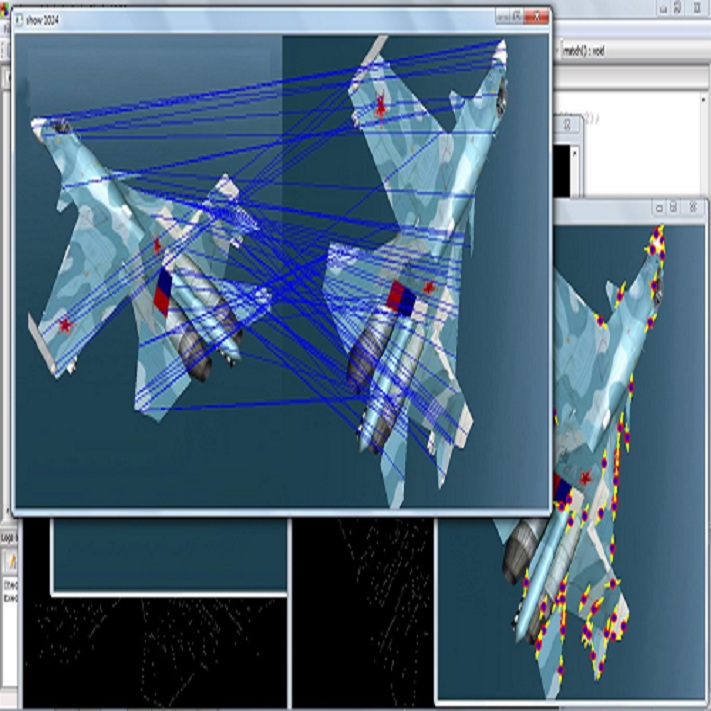Many applications in image-guided surgery and therapy require fast and reliable non-linear, multi-modal image registration. Recently proposed unsupervised deep learning-based registration methods have demonstrated superior performance compared to iterative methods in just a fraction of the time. Most of the learning-based methods have focused on mono-modal image registration. The extension to multi-modal registration depends on the use of an appropriate similarity function, such as the mutual information (MI). We propose guiding the training of a deep learning-based registration method with MI estimation between an image-pair in an end-to-end trainable network. Our results show that a small, 2-layer network produces competitive results in both mono- and multi-modal registration, with sub-second run-times. Comparisons to both iterative and deep learning-based methods show that our MI-based method produces topologically and qualitatively superior results with an extremely low rate of non-diffeomorphic transformations. Real-time clinical application will benefit from a better visual matching of anatomical structures and less registration failures/outliers.
翻译:在图像指导外科和治疗的许多应用中,需要快速和可靠的非线性、多式图像登记。最近提出的未经监督的深层次学习登记方法在仅仅很小的一段时间里就表现出了优于迭代方法的性能。大多数基于学习的方法侧重于单一模式图像登记。向多模式登记扩展取决于使用适当的相似功能,如相互信息(MI)。我们建议指导以深层次学习为基础的登记方法的培训,在终端到终端可培训网络中,对图像部分进行MII估计。我们的结果显示,一个小型的、二层的网络在单式和多模式登记方面产生竞争性结果,有次运行时间。与基于反复和深层次学习的方法进行比较表明,我们基于MI的方法在结构上和质量上都会产生极高的结果,非地貌性变异变率极低(MI)。实时临床应用将得益于对解剖结构进行更好的直观匹配和较少的注册失败/异常值。





